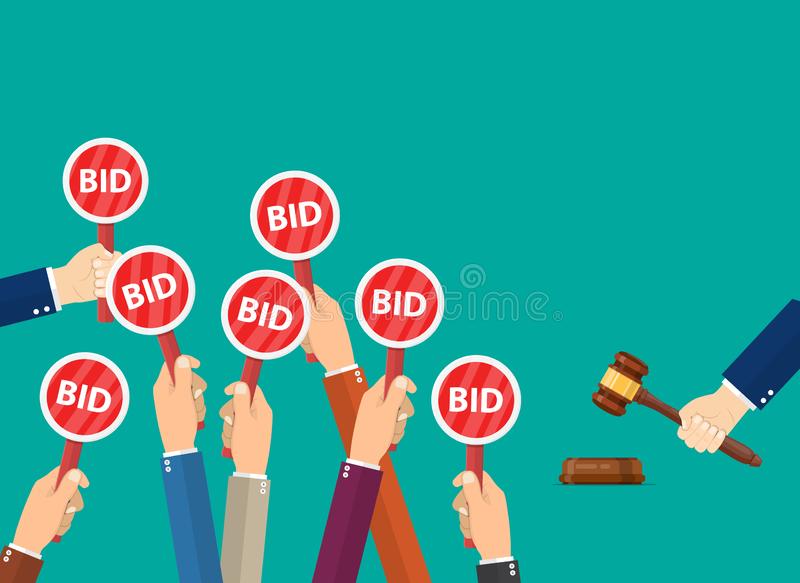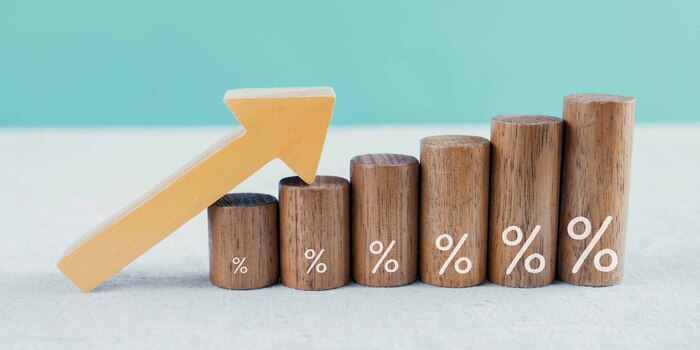The bid price is the price at which someone is willing to buy an asset, security, or contract. It is typically lower than the ask price, also known as the "asking price," which is the amount someone is willing to offer. The difference between these two prices is called the bid-ask spread.
Market makers play a key role in financial markets by constantly making offers to buy and sell investments. They can also make offers when sellers are looking to sell. Sometimes, buyers make offers even when sellers are not actively seeking to sell, in which case the buyers are considered unsolicited offers.
Understanding Bid Prices
The bid price is the amount a buyer is willing to pay for an investment, while the ask price, also known as the sale or issue price, is the total price at which the seller is willing to sell the security. The difference between these prices is called the spread, which represents the profit for market makers. Larger spreads lead to higher profits.
When making a bid, the buyer typically aims to negotiate a price that achieves their desired outcome. For example, if an item is valued at $40 and the buyer wants to pay $30, they might initially bid $20, with the intention of meeting somewhere in the middle to secure the item at their desired price.
In competitive bidding scenarios, multiple buyers may engage in a bidding war, gradually increasing their bids to outbid one another. This can result in the final price exceeding what any single buyer initially intended to pay. This situation is advantageous for the seller, as it typically leads to a higher selling price.
In stock trading, the bid price represents the maximum amount a potential buyer is willing to pay. Quote services and ticker symbols usually display the highest bid for a particular product, stock, or commodity. In the options market, the bid price may also be set by the market maker when trading contracts that are either illiquid or sufficiently liquid.
Buying and Selling at the Bid
Investors and traders who initiate an order for purchase in a market typically buy at the current asking price and then sell the bid price at the time of purchase. Limit orders, on the other hand, allow traders and investors to buy with the price of the bid (or selling orders at the price of the offer) that could give the best fill. If you are looking to sell your shares at the market price could be referred to as "hit the bid."

Bid Size
Alongside the amount buyers will pay for a product, the amount or the volume of bids is crucial to understanding the liquidity of markets. Bid sizes are usually shown alongside a level 1 quote. If the quote specifies the price as $50 and the bid amount is 500, you can sell 500 shares for $50.
The bid size can be distinguished from the offered size, in which the ask size refers to the number of particular security investors are willing to buy at a price. Investors see differences between the bid size and ask as indicative of the relationship between demand and supply for the security.
Example of Bid Price
Imagine that Alex is looking to purchase shares of ABC. ABC's stock is traded in a price range of $10 to $15. However, Alex isn't willing to offer more than $12 for the shares, so they have placed an order limit of $12 to purchase ABC's shares. This is their bid price.

Bid Price and an Ask Price
Bid prices are the highest price that investors will pay for the security. The price that is asked for, however, refers to the lowest price the stock owners are prepared to offer. If, for instance, the stock has an asking price of 20 dollars and a buyer wants to purchase the stock will need to provide at least $20 to buy the stock at its current price. The difference between the bid price and ask is usually known as a "battle-ask" spread.




